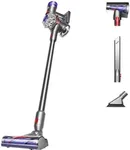Best Lightweight Vacuums
From leading brands and best sellers available on the web.
Eureka
10%OFF
EUREKA PowerSpeed Lightweight Powerful Upright Vacuum Cleaner for Carpet and Hard Floor, Pet Turbo, Black,Yellow
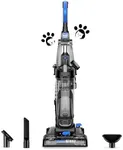
Eureka
30%OFF
Eureka PowerSpeed Lightweight Upright Vacuum Cleaner for Carpet and Hard Floor, Powerful Bagless Upright Vacuum Cleaner for Home Pets, NEU181A, Blue
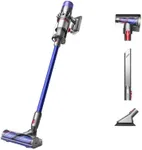
Dyson
37%OFF
Dyson V11 Origin Cordless Vacuum, 185AW, 3 Power Modes, Up to 60 Minutes,² Deep Cleans Hard Floors and Carpets, Detangles pet Hair, Converts to Handheld
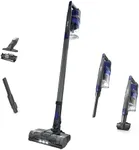
Shark
51%OFF
Shark | Pet Cordless Vacuum Cleaner | LED Headlights | Removable Handheld Vacuum for Pet Hair | Crevice Tool & Pet Multi-Tool Included | 40min Runtime | For Carpet & Hard Floors | Grey | IX141
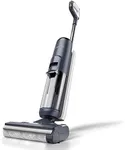
Tineco
42%OFF
Tineco Floor ONE S5 Smart Cordless Wet Dry Vacuum Cleaner and Mop for Hard Floors, Digital Display, Long Run Time, Great for Sticky Messes and Pet Hair, Space-Saving Design, Blue
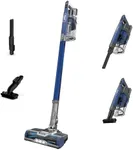
Shark
17%OFF
Shark Cordless Vacuum Cleaner with HEPA Filter, Lightweight, Portable, Rechargeable, Powerful Pet Hair Pickup, Removable Handheld, Crevice Tool, Dusting Brush, 50-min Runtime, Blue, IZ363HT
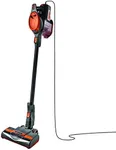
Shark
35%OFF
Shark Rocket Ultra-Light Corded Bagless Vacuum for Carpet and Hard Floor Cleaning with Swivel Steering (HV301), Gray/Orange

Bissell
35%OFF
Bissell Cleanview XR Pet 300W Cordless Vacuum with Removable Battery, 3797V

Oreck
17%OFF
Oreck Commercial XL Vacuum Cleaner, Bagged Upright Vac for Carpets and Hard Floor, Lightweight, Automatic Height Adjust, High-Speed Brush Roll, Powerful Vacuum Cleaners for Commercial Use
Our technology thoroughly searches through the online shopping world, reviewing hundreds of sites. We then process and analyze this information, updating in real-time to bring you the latest top-rated products. This way, you always get the best and most current options available.

Most Popular Categories Right Now





